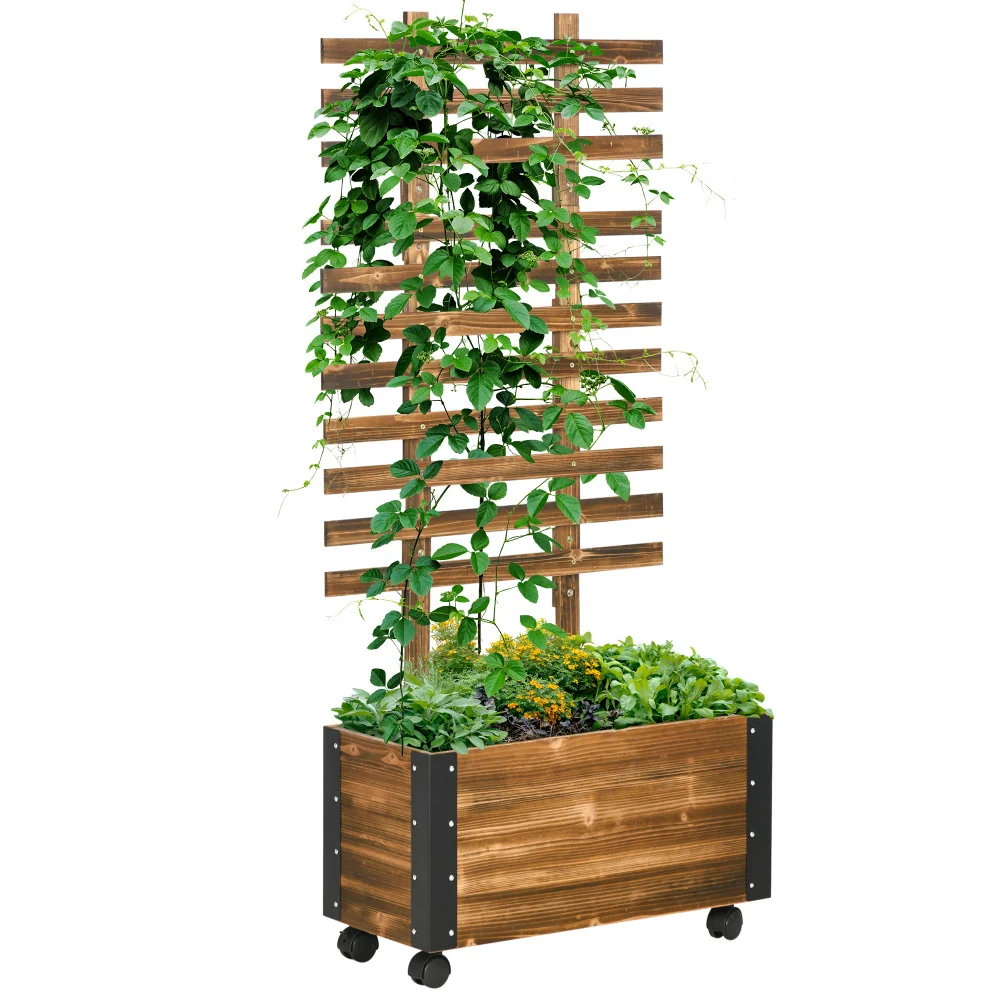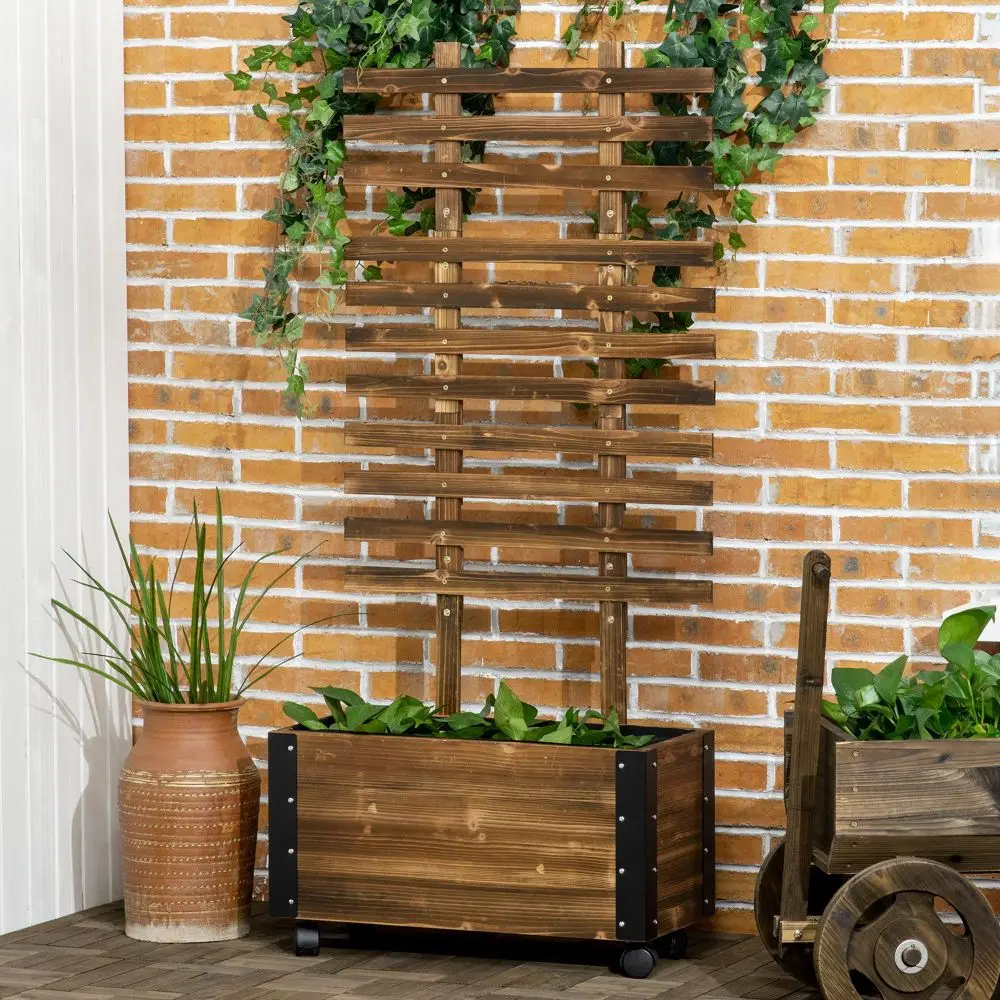How to Keep Ants Out of Flower Pots: Prevention and Control Methods
Ant infestations in flower pots can be more than just a nuisance; they can disrupt the health and growth of your plants, and in some cases, ants may even farm sap-sucking insects like aphids for their honeydew. Protecting your potted plants from these tiny invaders requires a strategic approach that combines preventive measures with targeted control tactics. Here, we explore effective strategies to ensure your green oasis remains ant-free.
Understanding the Attraction
Before diving into prevention and control, it’s crucial to grasp what draws ants to your flower pots in the first place. Ants are attracted to moisture, sweet plant secretions, and loose soil that provides an ideal nesting ground. Understanding their preferences helps tailor your defense strategy.
Preventive Measures: Building Barriers
1. Create Physical Barriers
One of the simplest ways to deter ants is by placing a physical barrier around your pots. Apply a layer of diatomaceous earth, a natural powder made from fossilized algae, around the base of the pot. Its abrasive texture deters crawling insects without harming plants or pets.
2. Choose the Right Pot Material
Ants are less likely to colonize pots made of smooth materials like glazed ceramic or plastic, which don’t provide easy entry points. Avoid terra-cotta or unglazed pots that can have small crevices ants can exploit.
3. Maintain Good Drainage
Ensure pots have proper drainage holes to prevent moisture accumulation, which attracts ants. Elevate pots off the ground using pot feet or stands to further discourage ant infiltration.
4. Keep Plants Healthy
Healthy plants are less susceptible to ant colonization. Regularly inspect and treat for pests like aphids, as ants are drawn to the honeydew they produce. Prune overgrowth and remove dead leaves that can harbor insects.

Control Strategies: Targeted Interventions
1. Natural Ant Repellents
Leverage nature’s arsenal against ants. Sprinkle used coffee grounds, cinnamon, or mint leaves around the pot’s perimeter. These natural repellents confuse ants’ scent trails and discourage exploration.
2. Homemade Baits
Create homemade baits using a mixture of sugar and borax or boric acid, which ants will carry back to their nests. Ensure the bait is placed safely away from children, pets, and desirable plants, as borax can be toxic if ingested.
3. Water Traps
Set up simple water traps by placing bowls of soapy water near but not touching the pots. Ants are attracted to the water and drown once they fall in. Be cautious not to let the water evaporate, requiring frequent refills.
4. Insecticidal Soaps and Organic Treatments
For a more direct approach, apply insecticidal soap or neem oil solutions directly onto ant trails and around the pot. These organic treatments are less harmful to the environment and beneficial insects compared to synthetic pesticides.
Long-Term Management and Monitoring
1. Regular Inspections
Conduct routine checks of your plants and pots for signs of ants out of flower pots activity. Early detection can prevent a minor issue from escalating into a full-blown infestation.
2. Modify Your Garden’s Ecosystem
Attract natural predators like ladybugs and lacewings to your garden. These insects feed on aphids and other pests that attract ants, creating a balanced ecosystem that naturally controls ant populations.
3. Landscape Management
Keep the area surrounding your potted plants tidy, removing debris and weeds that can serve as hiding spots for ants. Trim back branches and vines that touch the ground, as they provide bridges for ants to access your pots.
Addressing Common Misconceptions About Ant Control in Potted Plants
In the quest for maintaining ant-free flower pots, numerous misconceptions circulate among gardeners. Clearing up these misunderstandings is pivotal to employing effective prevention and control methods. Let’s dispel some common myths and replace them with factual information.
Myth 1: Ants Are Always Harmful to Plants
Fact: While ants can indirectly harm plants by farming sap-sucking insects, they do not typically cause direct damage to the plants themselves. Ants can even aerate soil through their tunneling activities. However, controlling their population around sensitive plants is still crucial.
Myth 2: Using Vinegar Will Permanently Deter Ants
Fact: Vinegar is a popular DIY remedy suggested for deterring ants due to its acidity. While a solution of vinegar and water can temporarily disrupt ant trails, it does not provide a lasting solution. Ants will likely find alternative routes once the vinegar scent dissipates.
Myth 3: Sealing Pots Will Eliminate Ants
Fact: Completely sealing off the drainage holes of your pots to keep ants out is not advisable. Adequate drainage is vital for plant health, and blocking these holes can lead to waterlogging and root rot. Instead, cover the drainage holes with fine mesh to allow water passage while preventing ants from entering.
Myth 4: Chemical Pesticides Are the Only Effective Solution
Fact: While chemical pesticides can be potent against ants, they often come with environmental risks and can harm beneficial insects. Natural alternatives like diatomaceous earth, neem oil, and insecticidal soaps can be just as effective when used correctly and are generally safer for the ecosystem.
Myth 5: Ants Only Infest Dry Soil
Fact: Ants are attracted to both moist and dry conditions, depending on the species and their needs. Moist soil can provide a water source, while dry soil is easier to tunnel through. Maintaining balanced soil moisture and using preventive measures regardless of soil condition is key.

Enhancing Plant Health as a Long-Term Strategy
Beyond immediate ant control measures, nurturing the overall health and resilience of your potted plants serves as a fundamental defense mechanism. Healthy plants are better equipped to resist pest attacks, including ants.
1. Optimal Nutrition
Ensure your plants receive a balanced diet of nutrients tailored to their specific needs. Regular fertilization with appropriate blends encourages strong growth and resistance to stress.
2. Consistent Hydration
Maintain consistent but moderate watering schedules. Overwatering or underwatering can stress plants, making them more vulnerable to ant infestations and secondary pest problems.
3. Regular Pruning and Deadheading
Prune away dead or diseased foliage promptly. This practice not only improves a plant’s appearance but also removes potential hiding places for pests.
4. Soil Refreshment
Periodically refreshing the top layer of soil can help eliminate ant colonies and refresh nutrient content. When repotting, consider using fresh, high-quality potting mix.
By debunking misconceptions and adopting a holistic approach to plant care, you’ll create an environment less hospitable to ants while fostering vibrant, thriving potted plants. Remember, patience and persistence are key in managing any garden pest problem, including those pesky ants.
Addressing Common Misconceptions About Ant Control in Potted Plants
In the quest for maintaining ant-free flower pots, numerous misconceptions circulate among gardeners. Correcting these misunderstandings is pivotal to adopting effective control methods and preserving the health of your potted plants.
Ants Are Directly Harmful to Plants
Contrary to popular belief, ants themselves typically do not harm plants directly. Instead, their presence can indicate a more significant problem, such as an aphid infestation, which they tend for honeydew. Controlling the sap-feeding insects often resolves the ant issue indirectly.

Conclusion: A Comprehensive Approach to Ant-Free Gardening
Combating ant infestations in flower pots necessitates a multifaceted strategy that integrates prevention, targeted interventions, and ongoing management. By understanding the ants’ motivations, implementing barriers, using natural repellents and baits, and fostering a healthy garden ecosystem, you can significantly reduce the likelihood of ant invasions. Remember, consistency and patience are key in maintaining a thriving, ant-free garden. With these methods in your gardening toolkit, you’ll be well-equipped to protect your cherished potted plants and enjoy a peaceful, flourishing outdoor space.